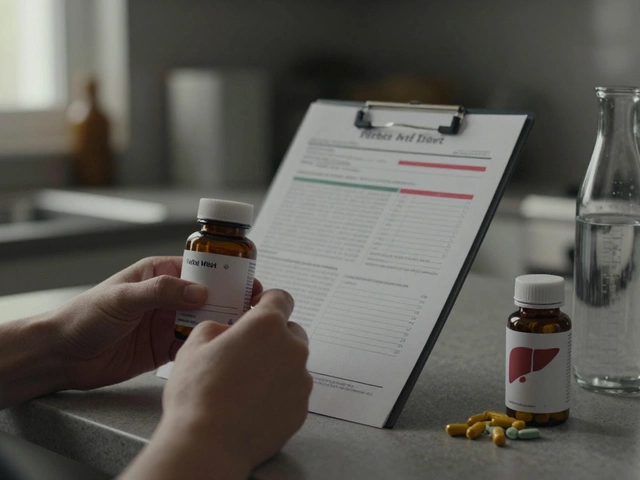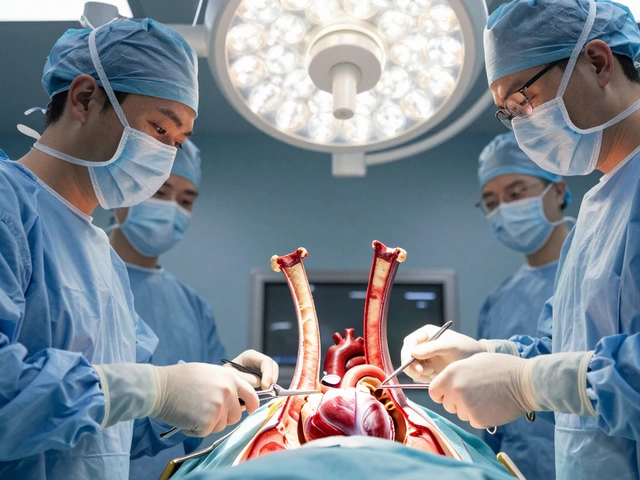Complex Heart Procedures: What They Are and Why They Matter
If you’ve ever wondered why some heart surgeries sound scarier than others, you’re not alone. Complex heart procedures involve the toughest parts of the heart – valves, arteries, or the muscle itself – and often need high‑tech tools, a skilled team, and careful planning. Below we break down the most common types, what to expect before and after, and how to make the experience smoother.
Common Types of Complex Cardiac Surgery
Valve replacement or repair tackles leaky or narrowed valves. Whether it’s a mechanical valve or a tissue one, the surgeon either swaps the old valve or stitches it back together. The choice depends on age, activity level and how long the valve needs to last.
Coronary artery bypass graft (CABG) is the classic solution for blocked arteries. Surgeons take a healthy vein or artery from elsewhere in your body and create a new route for blood. Modern CABG often uses minimally invasive incisions, which means less pain and a quicker walk‑home.
Heart transplant is the ultimate rescue when the heart can’t pump enough blood on its own. It’s rare, requires strict donor matching and lifelong medication, but it saves lives when other options fail.
Left ventricular assist device (LVAD) implantation helps a weakened heart pump blood. Think of it as a “bridge” that keeps you alive while you wait for a transplant or recovery.
Minimally invasive or robotic surgery uses tiny instruments and camera guidance. It’s perfect for certain valve repairs or atrial septal defect closures and usually means a smaller scar and shorter hospital stay.
Preparing for and Recovering from a Complex Procedure
Preparation starts weeks before the operation. Your cardiac team will run blood tests, imaging scans and a fitness assessment. Stop smoking, control diabetes, and follow any diet changes – these steps lower infection risk and help the heart heal.
On the day of surgery, you’ll get a light meal, then an IV line. An anesthesiologist will keep you asleep and pain‑free while the surgeon works. Most complex procedures last 3‑6 hours, but the team monitors you closely afterward.
Recovery varies by procedure. After a valve replacement, you might leave the hospital in 5‑7 days and avoid heavy lifting for a month. CABG patients often start walking the day after surgery and can return to light work in 4‑6 weeks. Transplant recipients stay longer for medication adjustments and infection checks.Key tips for a smoother recovery:
- Take every prescribed medication exactly as directed.
- Follow a heart‑healthy diet – think fruits, veggies, whole grains, and lean protein.
- Keep moving. Gentle walks boost circulation and reduce clot risks.
- Stay on top of follow‑up appointments. Your surgeon will track healing with echo tests.
- Watch for warning signs: fever, sudden chest pain, swelling in the legs, or shortness of breath.
Remember, every heart is different. Talk openly with your surgeon about the specific risks, success rates, and what life will look like after the operation. Armed with the right info, you can face a complex heart procedure with confidence.






